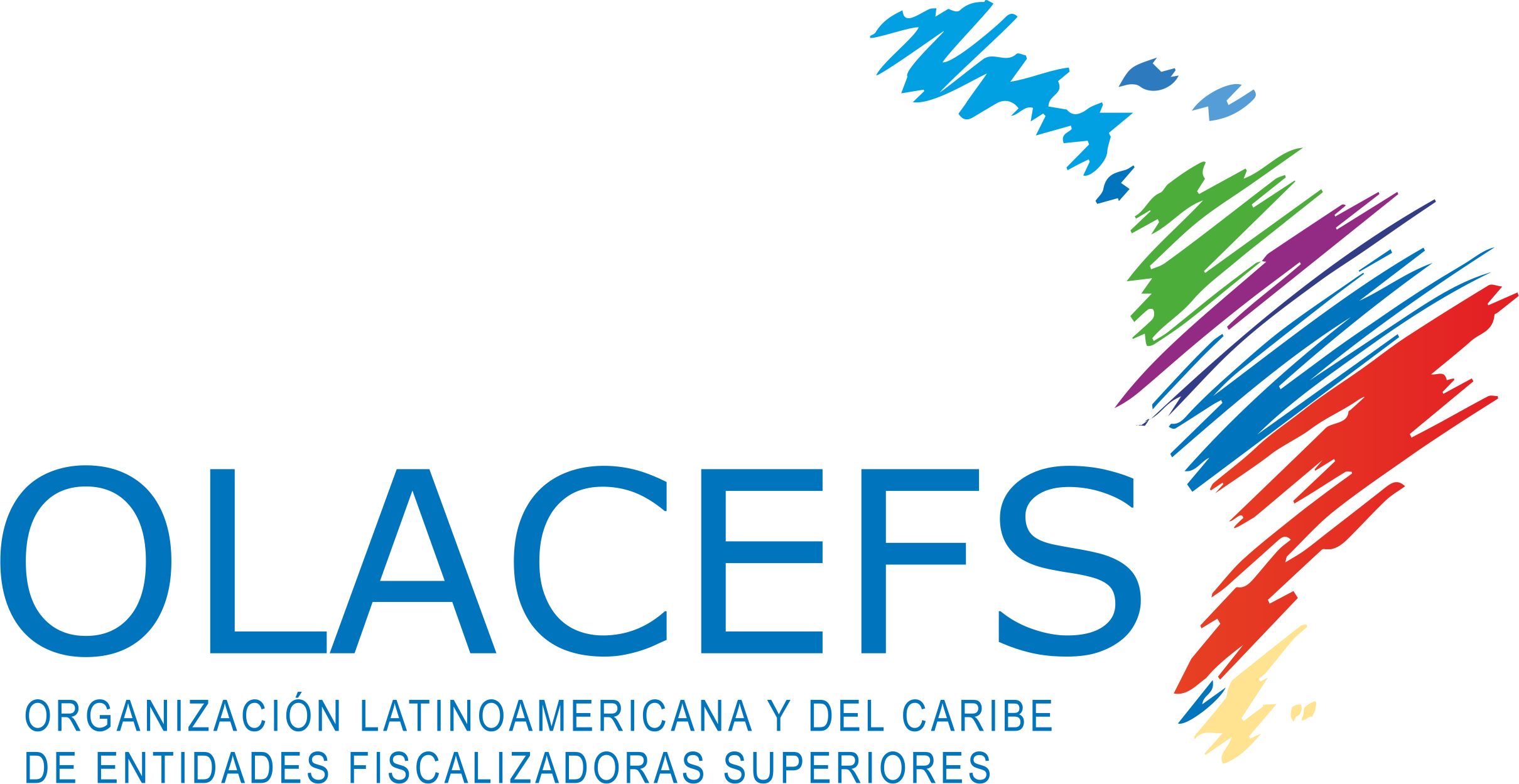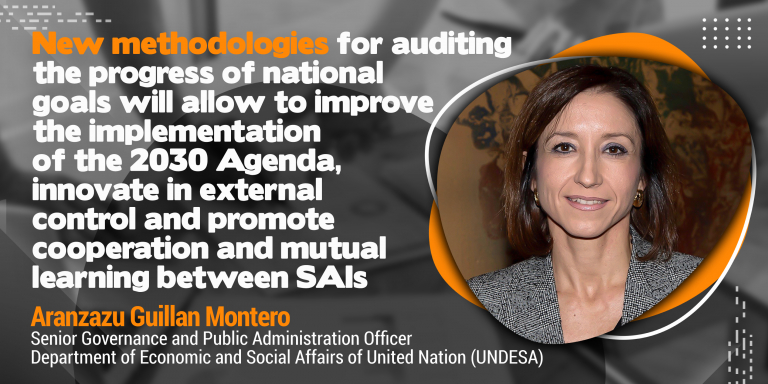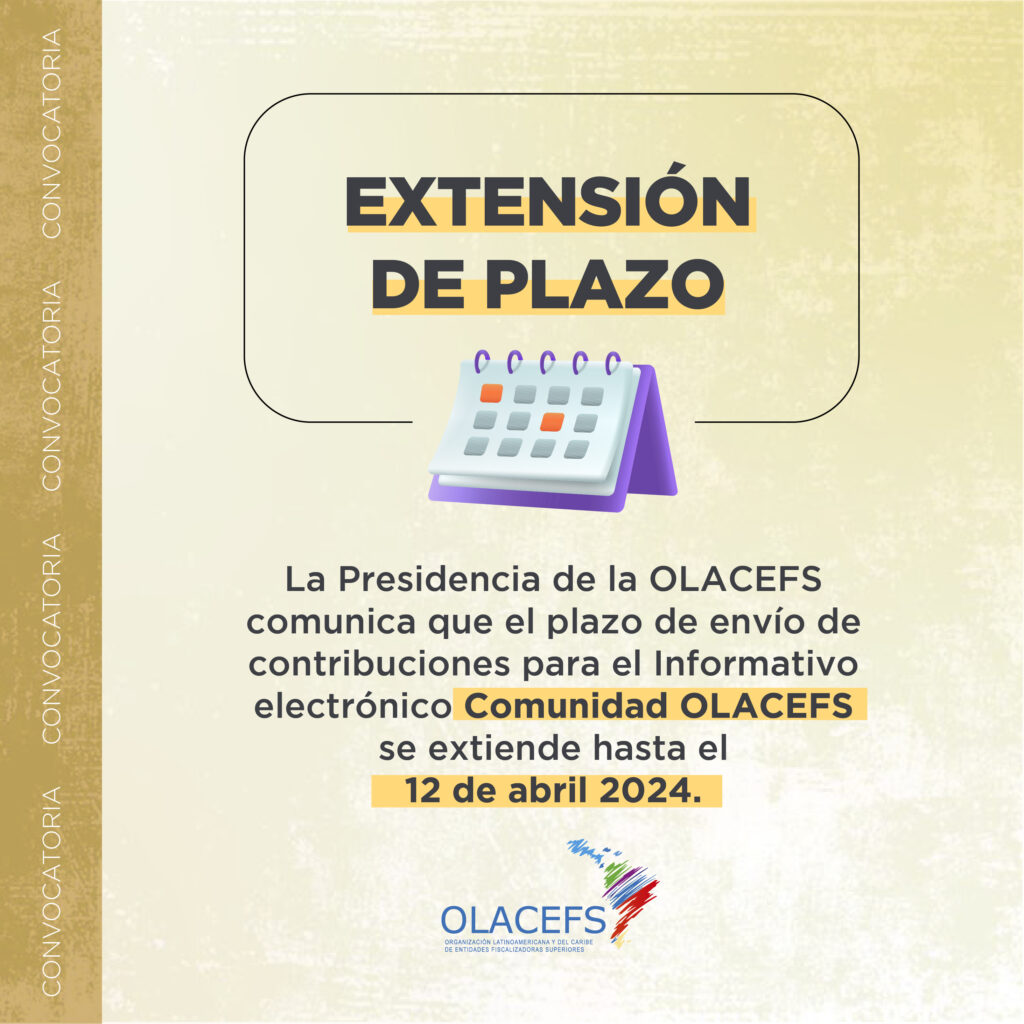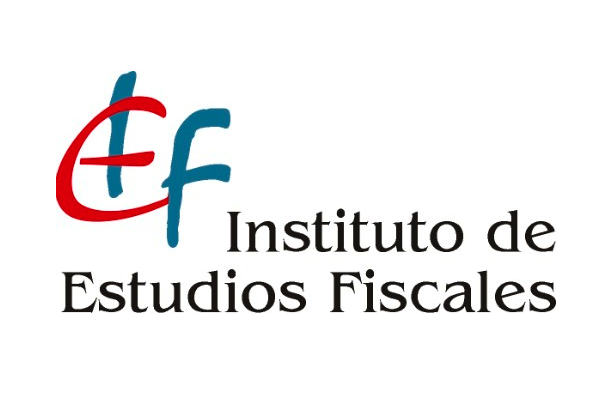Aránzazu Guillán Montero
Senior Governance and Public Administration Officer
Division of Public Institutions and Digital Government (DPIDG)
United Nations Department of Economic and Social Affairs (UNDESA)
Since 2016, the commitment of Supreme Audit Institutions (SAIs) to follow-up and review the 2030 Agenda and the Sustainable Development Goals (ODS) has been remarkable. It has been reflected in strategic and operational plans, training initiatives, and audits on preparedness of governments to implement the SDGs, as well as the progress and challenges of their implementation.
The impact of the pandemic on the SDGs is significant and multidimensional. In this context, audits of national programs and policies to implement the SDGs and the contribution of SAIs to follow-up and review the 2030 Agenda, are more essential than ever.
However, with the need to respond to high expectations of control over emergency measures and government responses to the crisis, changes in government priorities (and consequently in SAI work plans) and resource constraints may lead to the mistake governments are often accused of: auditing things in the usual way. At the same time, the current visibility of SAIs presents opportunities to strengthen their role in reviewing the SDGs.
Destroying myths
Beyond the control of emergency measures, SAIs must maintain their commitment to follow-up and review of the 2030 Agenda in the long term, and identify actions that contribute to strengthening and accelerating its post-pandemic implementation. This requires reaffirming the principles that should guide SDG audits, understanding how they are operationalized, and debunking some myths.
Myth 1. “All audits related to the SDGs are SDG audits”
It is not the same to do an audit related to an SDG as it is to audit implementation of one of its targets. An SDG implementation audit assesses the status of implementation of programs and policies that, together, contribute to advance the national SDG goals, identifying the level of progress, as well as opportunities for improvement and good practices in the management or implementation of said programs, considering their comprehensiveness.
This definition may seem restrictive, as it requires identifying national SDG targets. However, implementation audits can be carried out when, even without said SDG targets, there are national policies in the area that identify objectives, targets and indicators. The absence of a national target — and absence of integration and alignment with the 2030 Agenda — would be a finding in such an audit.
This does not mean that SDG related audit reports are not valuable. These reports can be a key input for audits of SDG implementation, as well as for expert analysis on the implementation process (science-public policy interface). They are sources of information that allow to analyze the causes of strengths and challenges in implementation; understand the governance of a sector, program or policy; identify stakeholders and understand their interests and priorities; and serve as a reference for the longitudinal analysis of changes and trends in progress towards the targets of the SDGs.
Myth 2. “All SDG audits are preparedness audits”
The fundamental principles of the 2030 Agenda should guide the auditing of the SDGs. These principles include comprehensiveness and coherence, national ownership, long-term perspective, multi-stakeholder engagement, inclusion, and equity.
These principles are relevant to both auditing preparedness and implementation. They just operationalize differently. While preparedness audits are maintained at a systemic level (focused on governance aspects), implementation audits analyze specific management dimensions of the programs audited (resources, action plans, monitoring, specific processes such as procurement of certain goods, engagement, etc.), also considering the interrelationships with other policy areas from the management point of view (such as the existence of integrated resource use strategies).
There are also dimensions of preparation that still require analysis. One of the limitations of the implementation of the SDGs is the lack of reliable information to assess areas that are difficult to measure. Therefore, audits evaluating national systems of indicators to verify the creation, availability, reliability, and quality (e.g., disaggregation) of the data available to measure progress in the implementation of the SDG targets (e.g., on environmental or social issues) are particularly relevant.
Myth 3. “It is natural for SAIs to conduct an audit of SDG16”
INTOSAI highlights SDG16 as an opportunity for auditing. But its evaluation presents challenges, particularly in the current situation. SDG16 cannot be audited in general. Its targets offer specific points of entry. Their diverse nature — which include national issues (legal identity, corruption or violence against people) and transnational issues (human trafficking or transnational corruption), rights (access to justice, non-discrimination or access to information), and broader institutional dimensions (transparency or engagement) – requires different competencies and methodological approaches, depending on which goal is chosen. Also, it is not always easy to identify which programs they are related to. Another challenge is that many countries have not defined national baselines or targets for many SDG16 targets, and problems with availability and quality of indicators and data persist.
Numerous actions of SAIs, as well as their institutional strengthening, contribute to SDG16. Auditing its targets requires going another step further. It is important to define specific objectives, and evaluate existing challenges in terms of national programs and targets, indicators, and data production, among others. SAIs can provide critical information to analyze the effectiveness in the implementation and opportunities for improving institutional dimensions, complementing the information offered by global indicators — for example, on budget credibility or the fight against corruption. This information must be analyzed in connection with the implementation process of the corresponding target, as appropriate in each national context.
There are many program audits that relate to the SDGs, but still very few that assess the implementation of the SDG targets in specific national contexts (ODS.OLACEFS). Taking on the methodological challenges of auditing to progress towards national goals is an opportunity to improve the implementation of the 2030 Agenda, innovate in external control and promote cooperation and mutual learning between SAIs. Demystifying the audits of the SDGs is a first step to strengthen the contribution of SAIs to follow-up on the 2030 Agenda, better communicate their results, and specify the contributions of various audit products for accountability in the post-pandemic context.
About the Author
Aránzazu Guillán is a Senior Governance and Public Administration Officer in the Division of Public Institutions and Digital Government (DPIDG) of the United Nations Department of Economic and Social Affairs (UNDESA). Doctor in Government and Master in Public Policy from Georgetown University.





